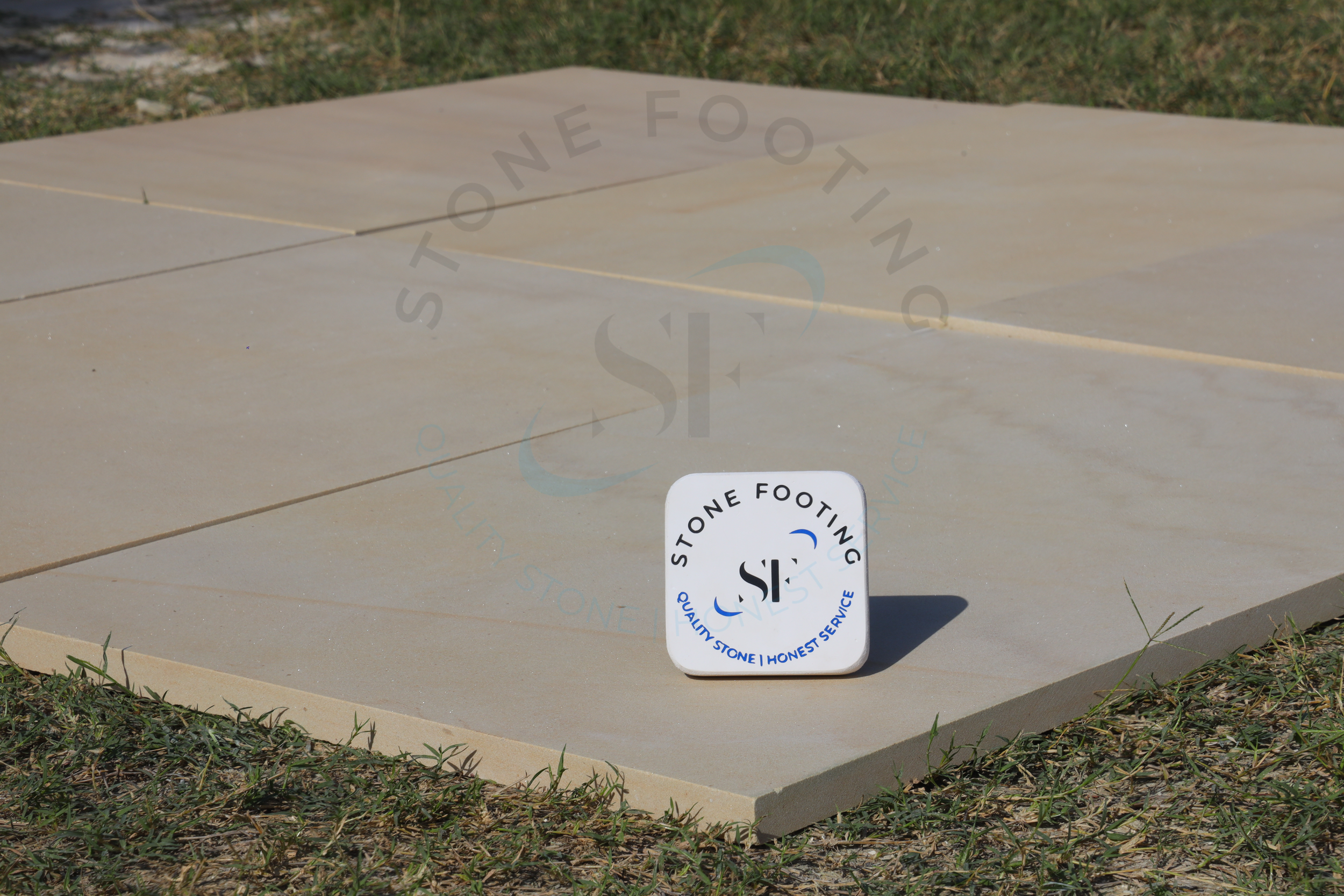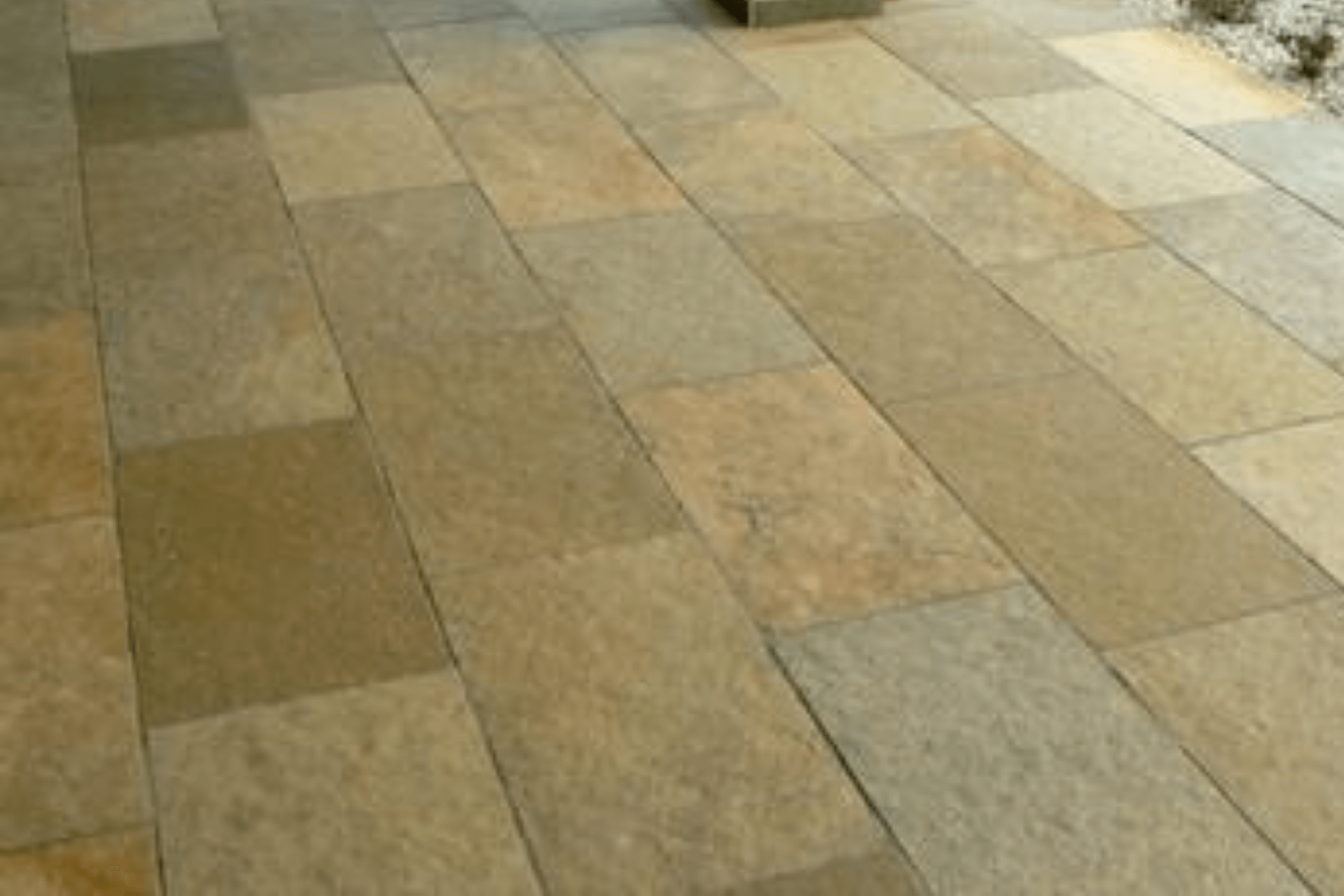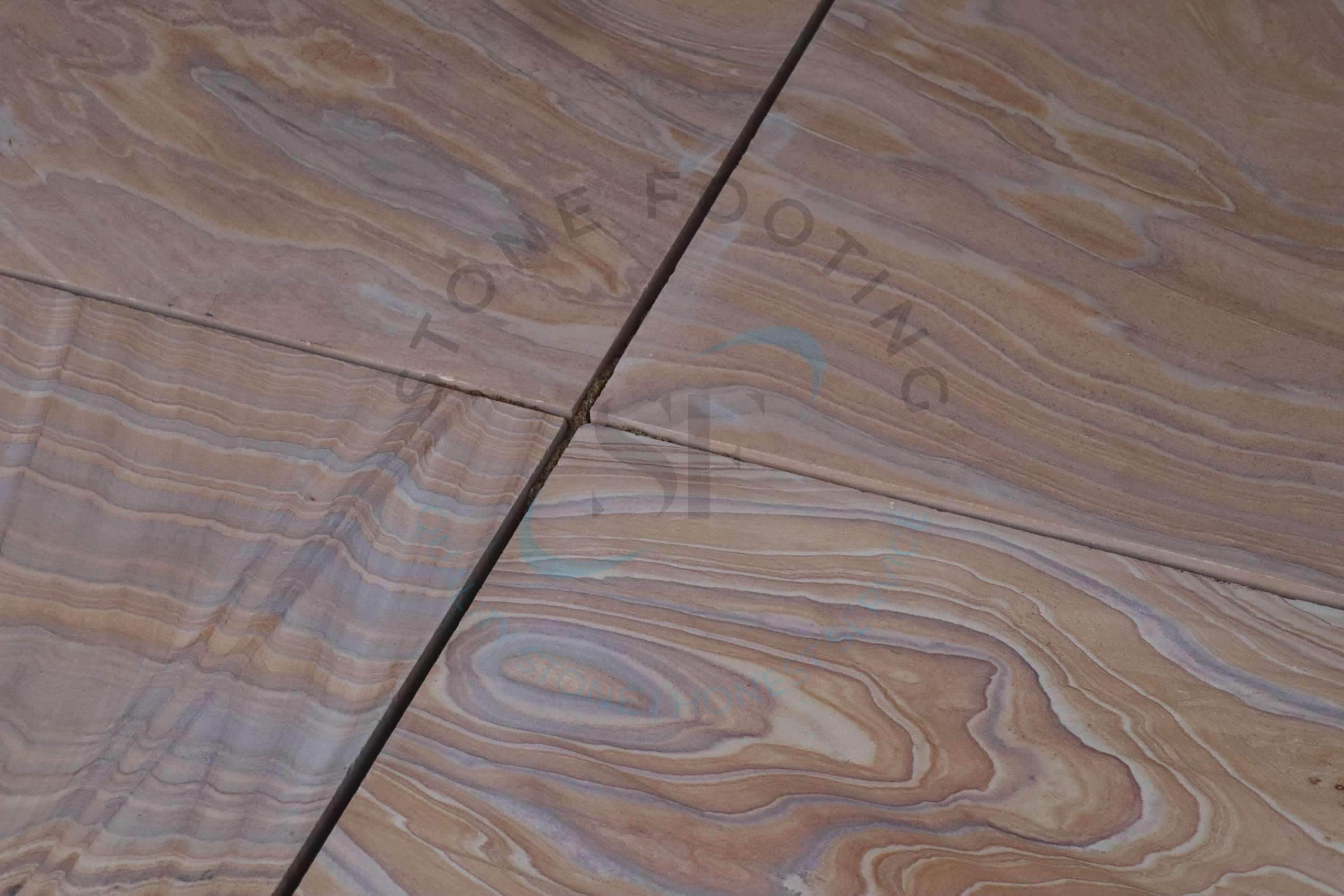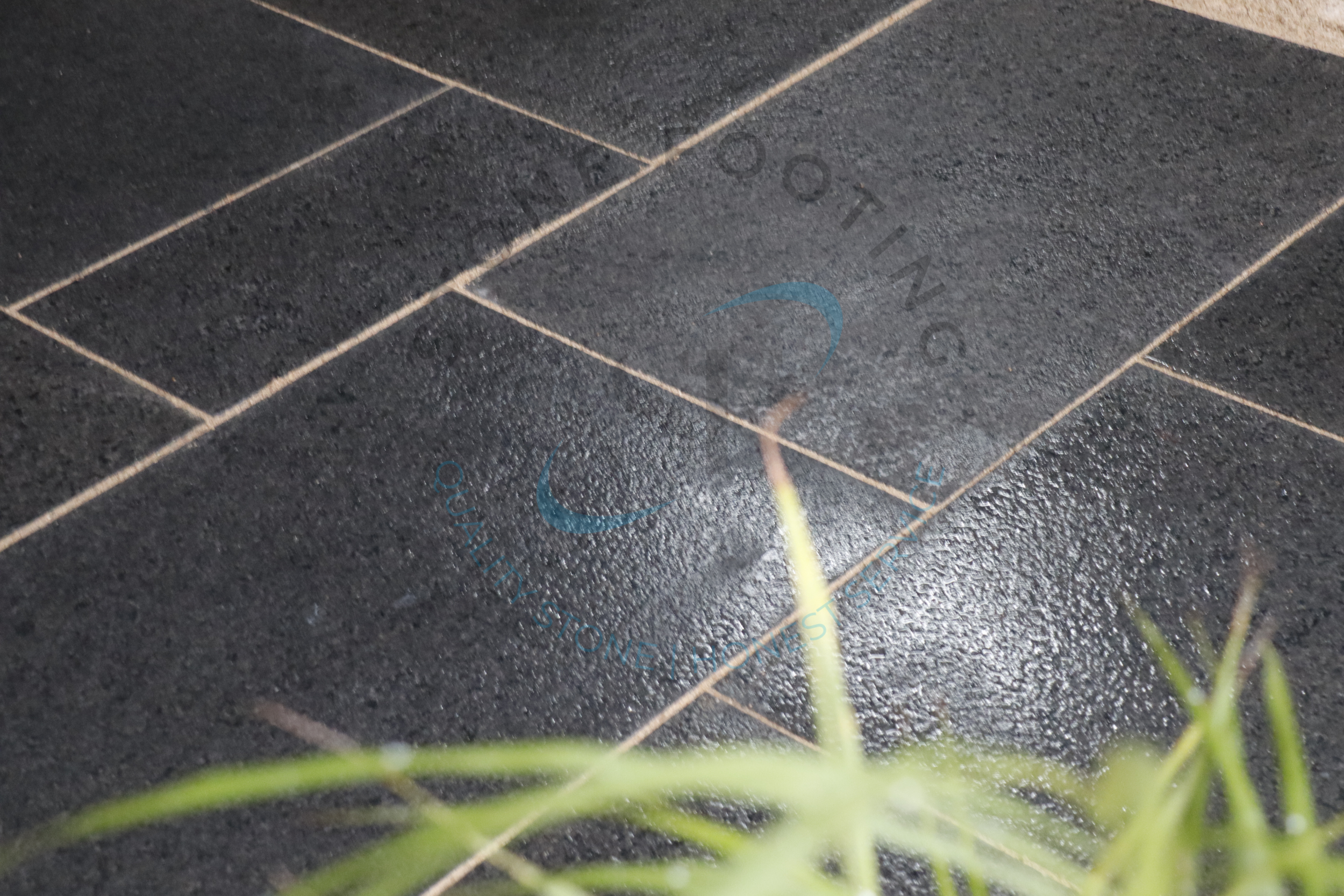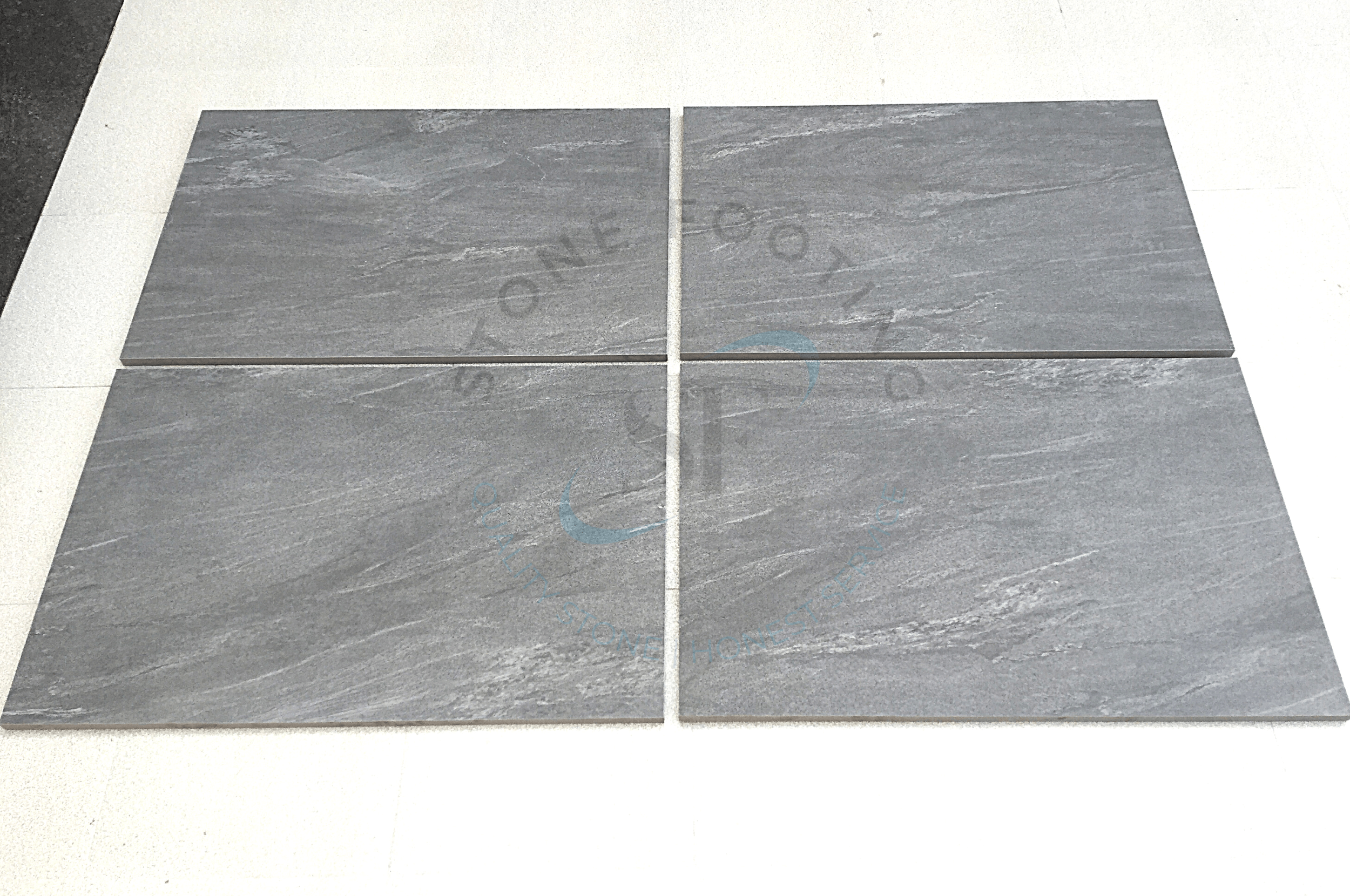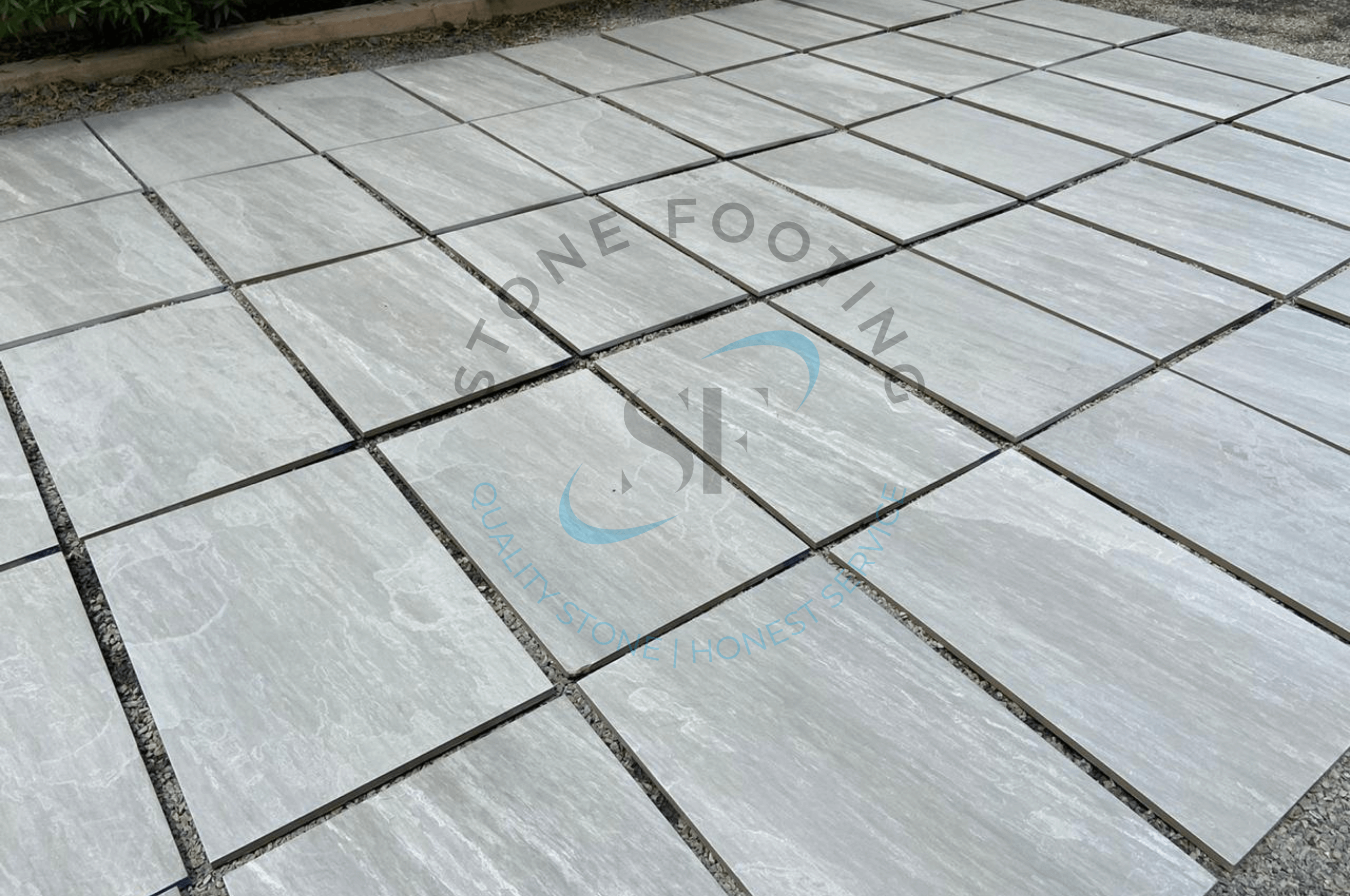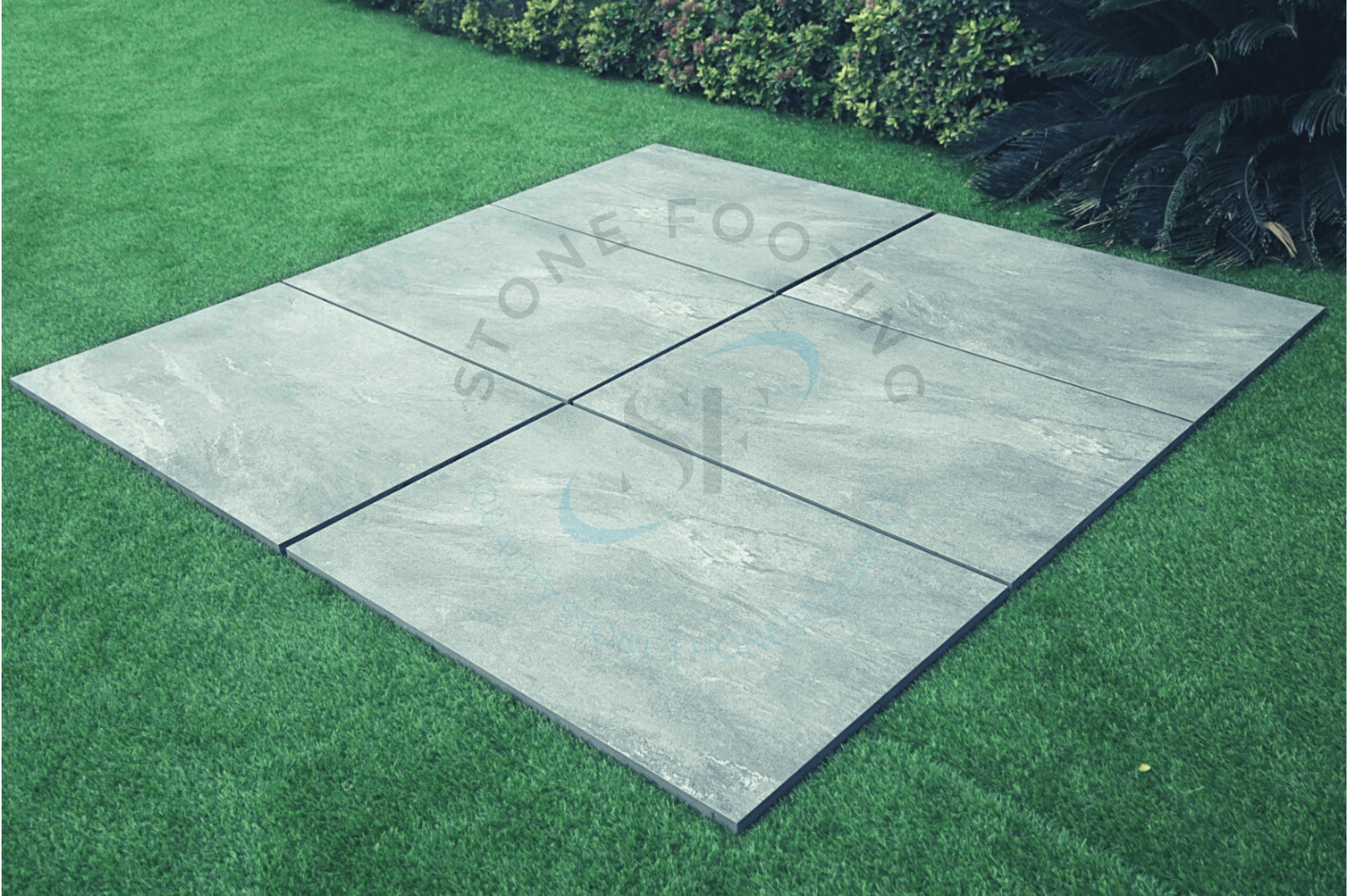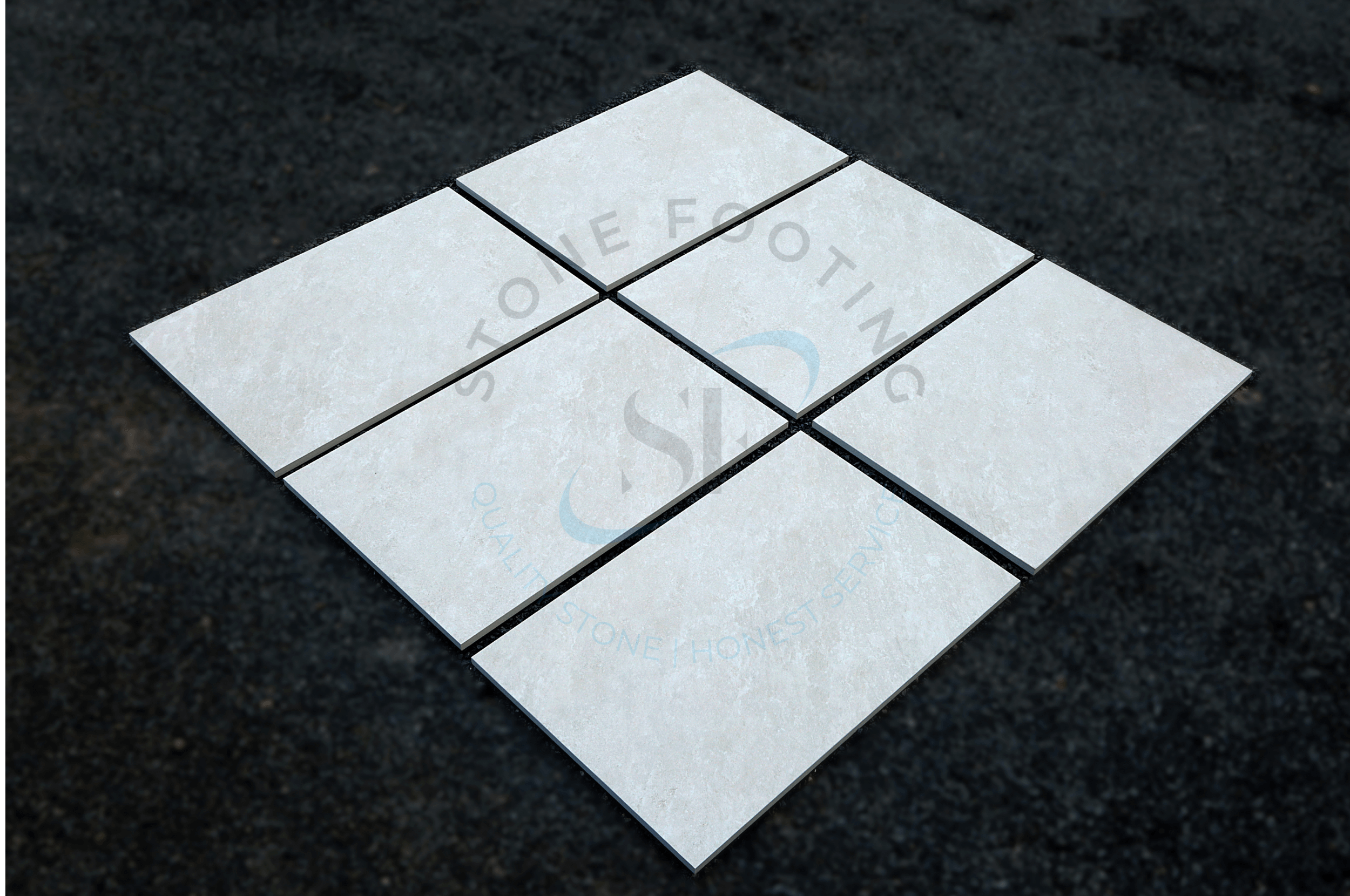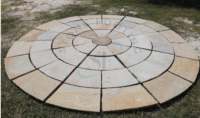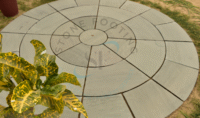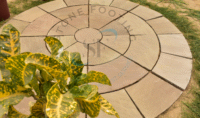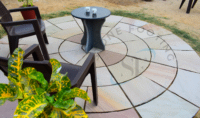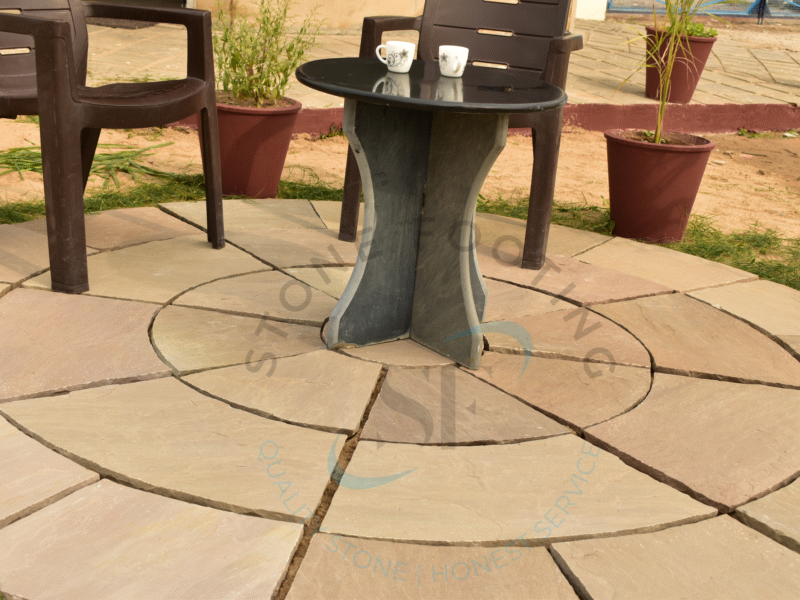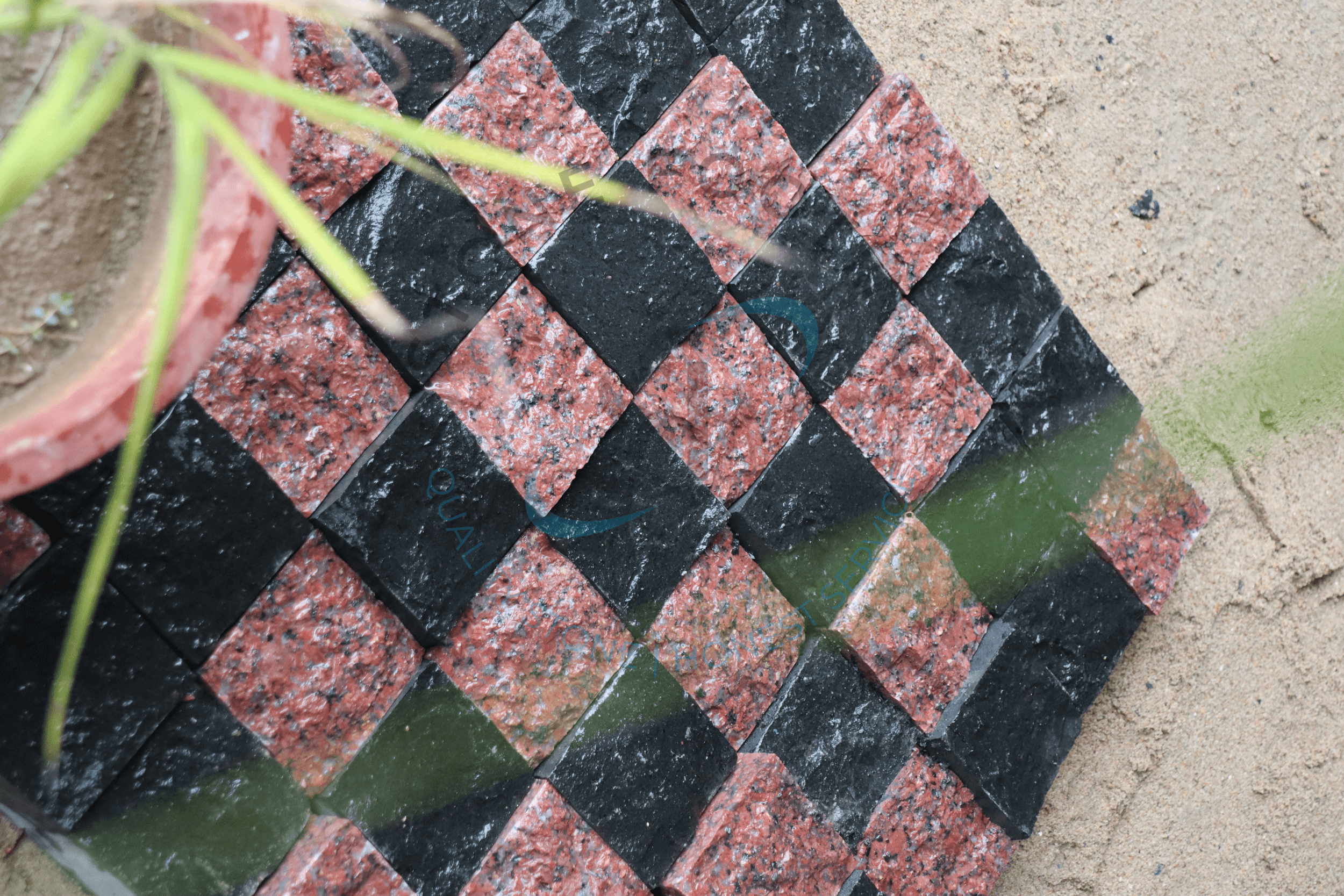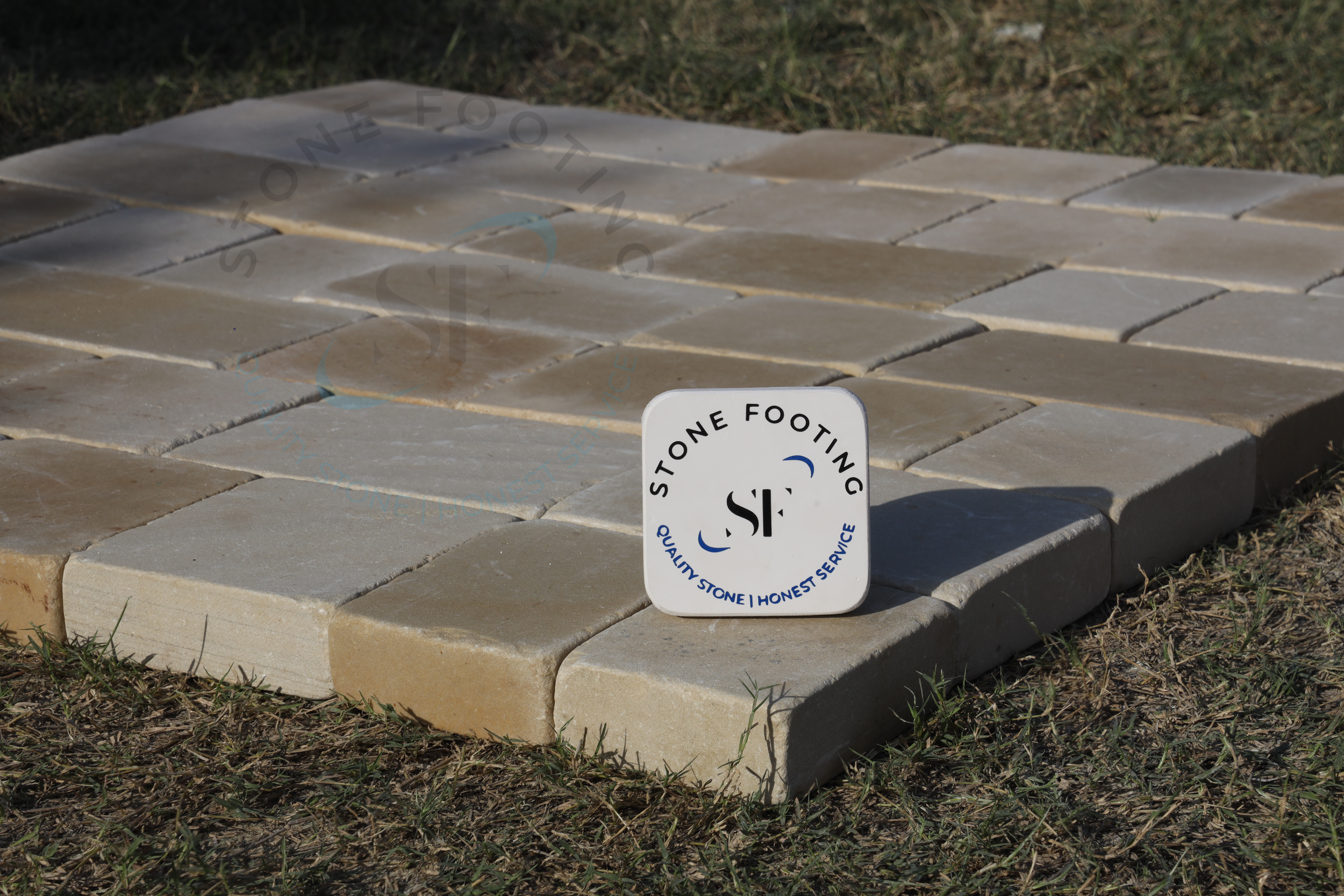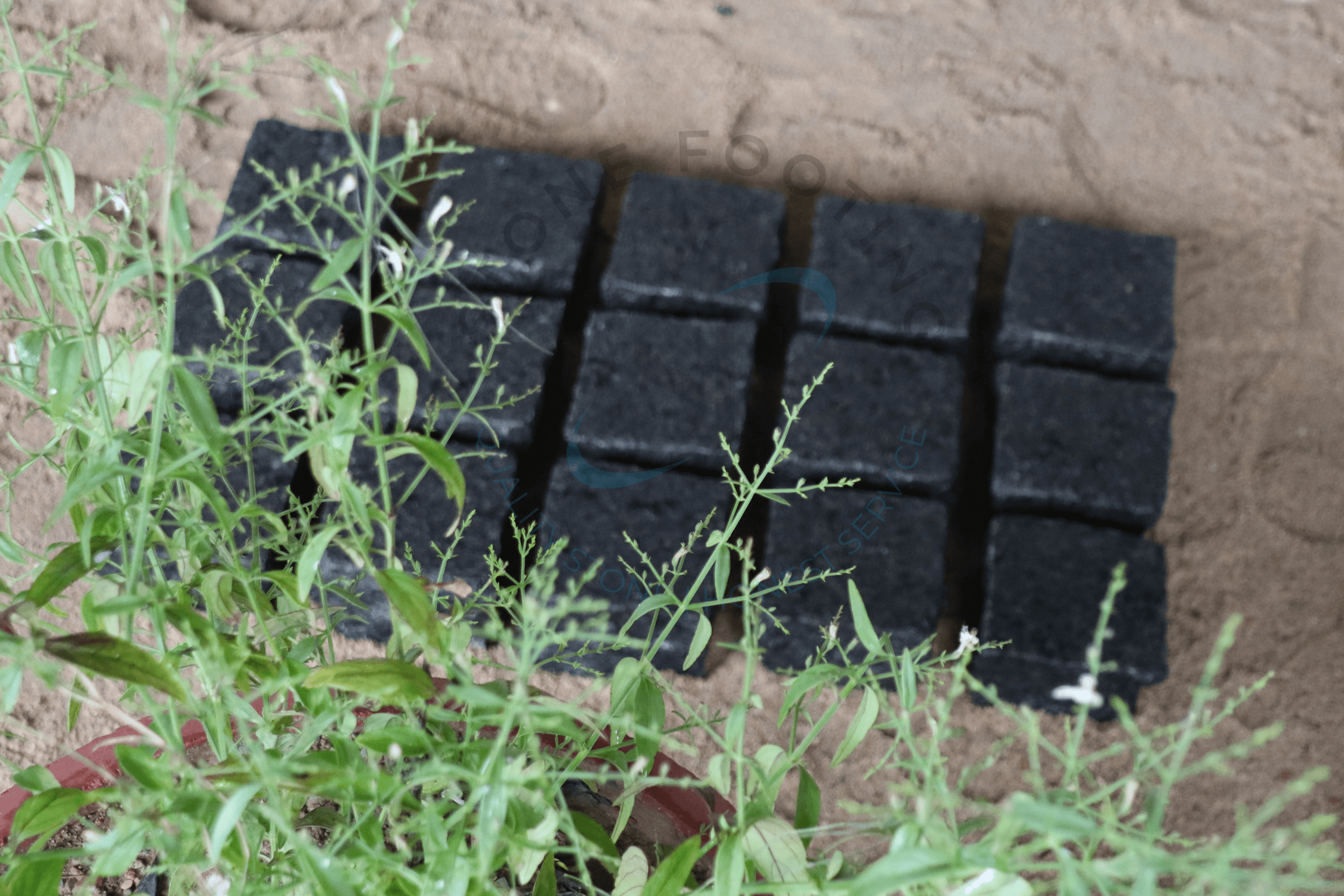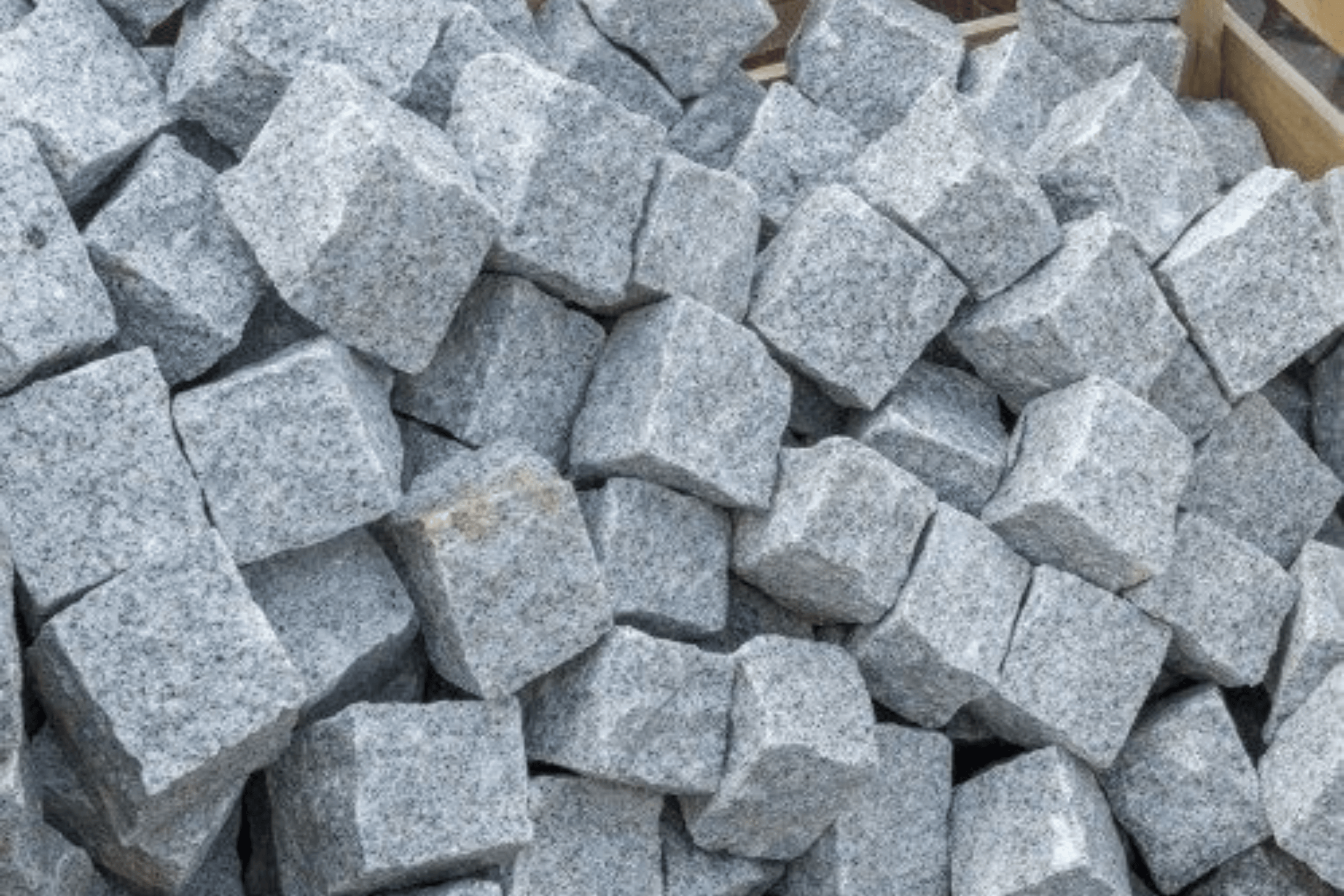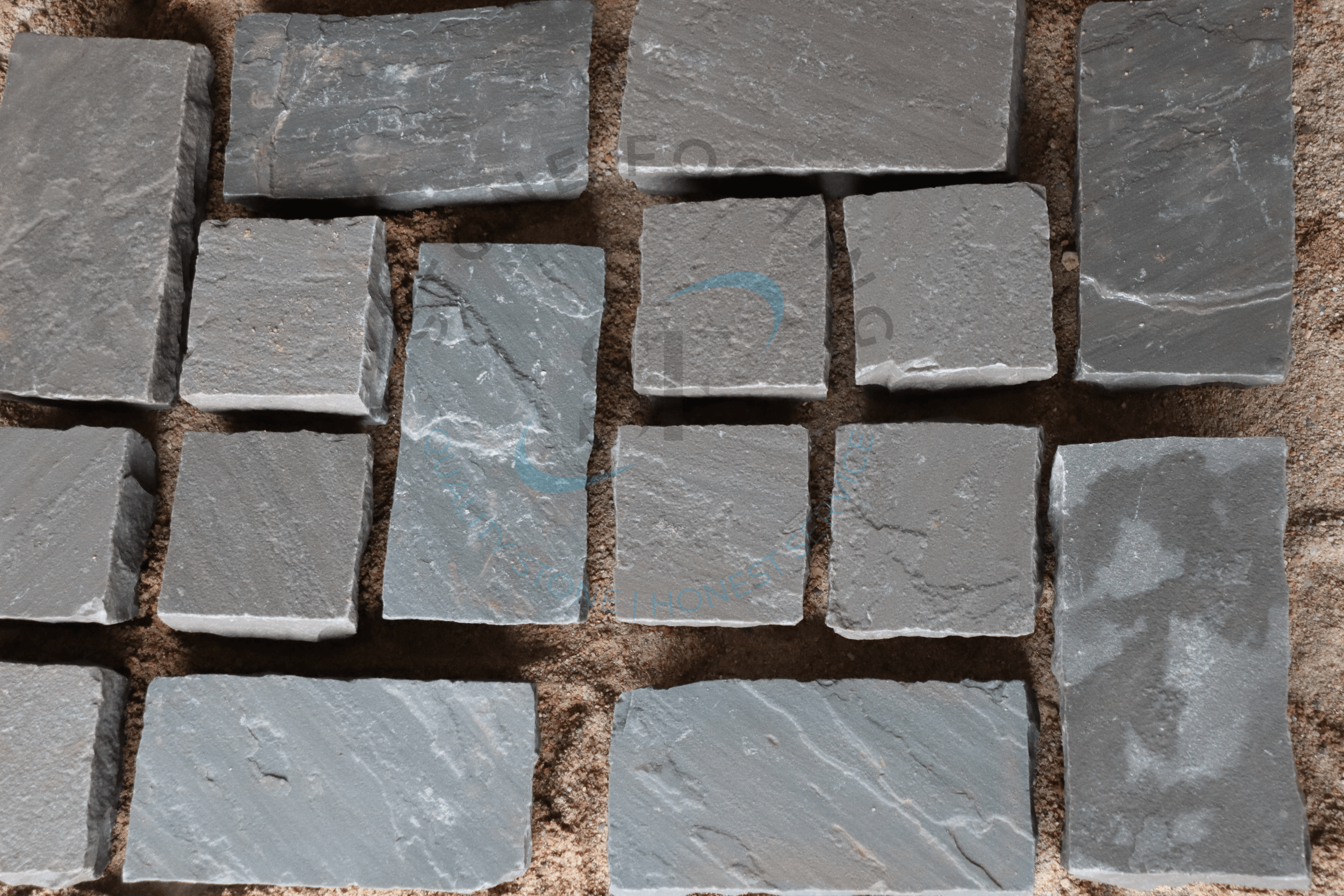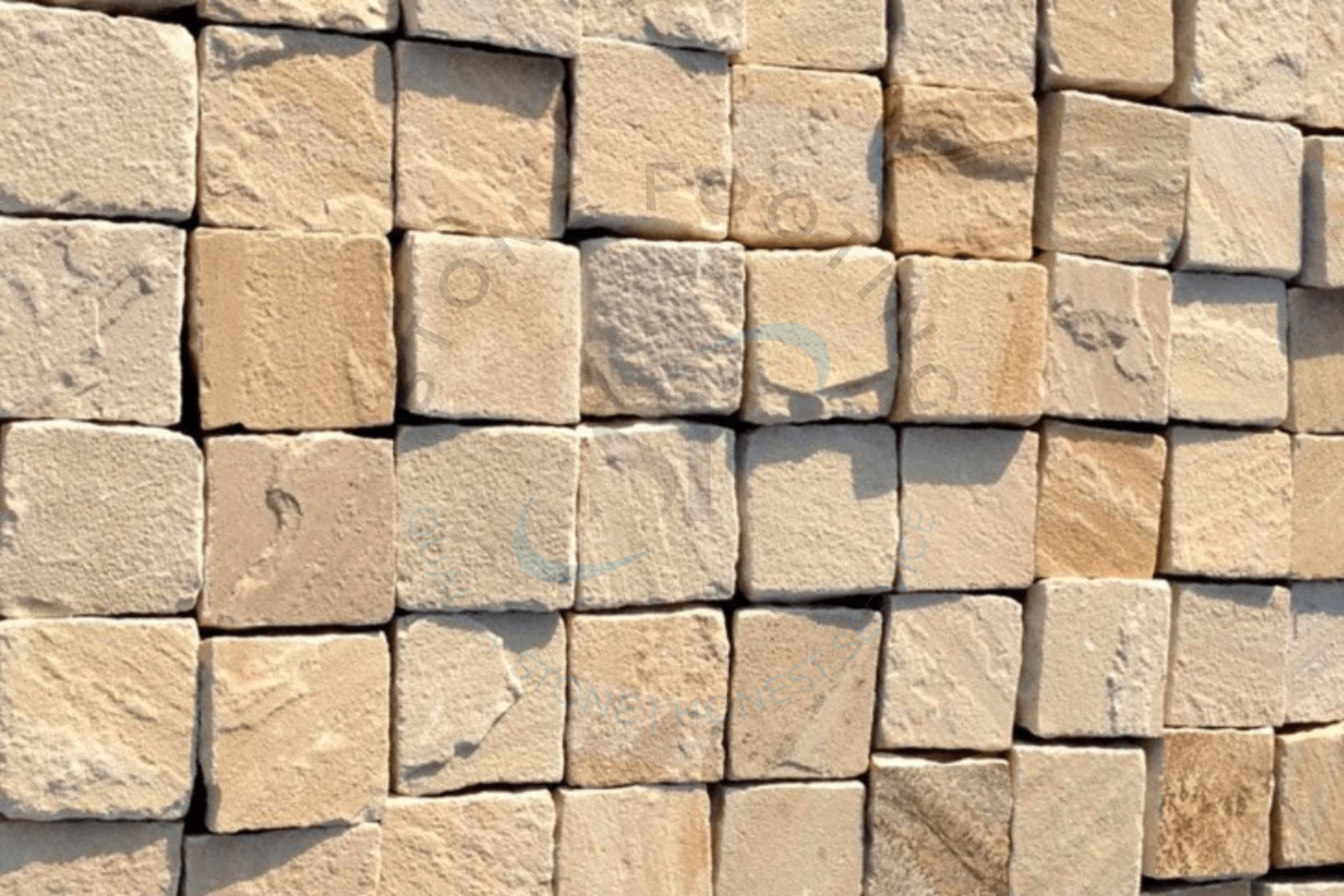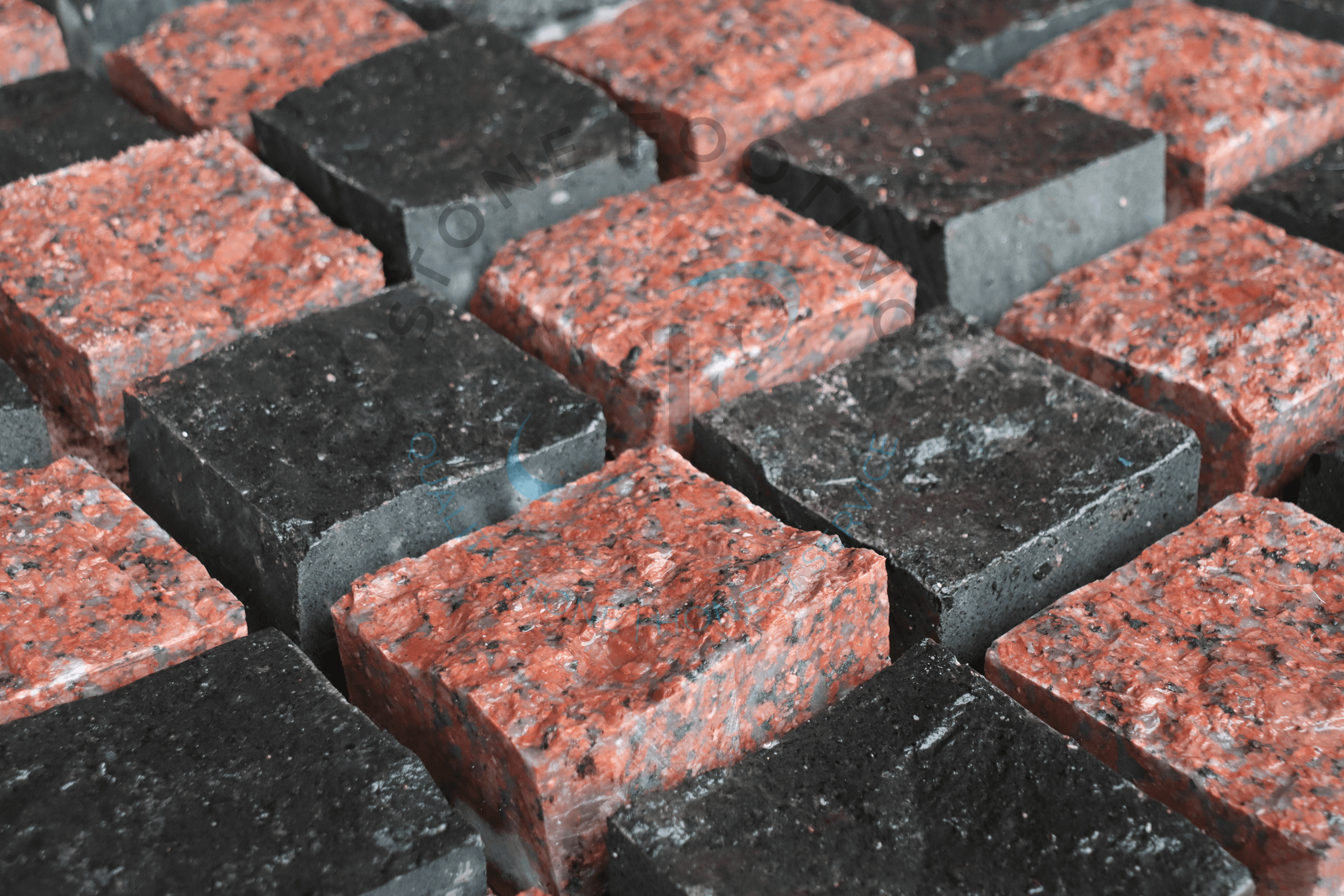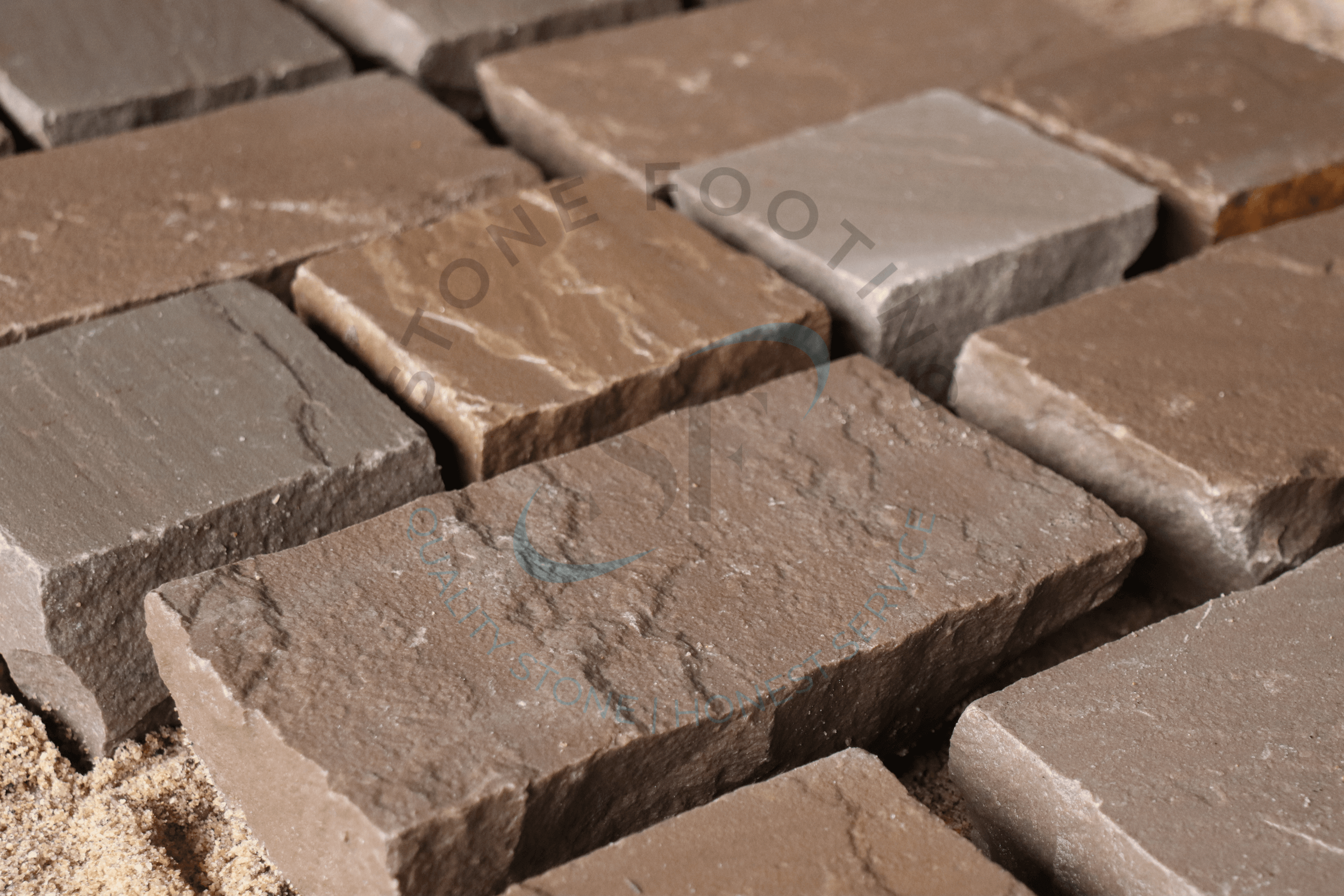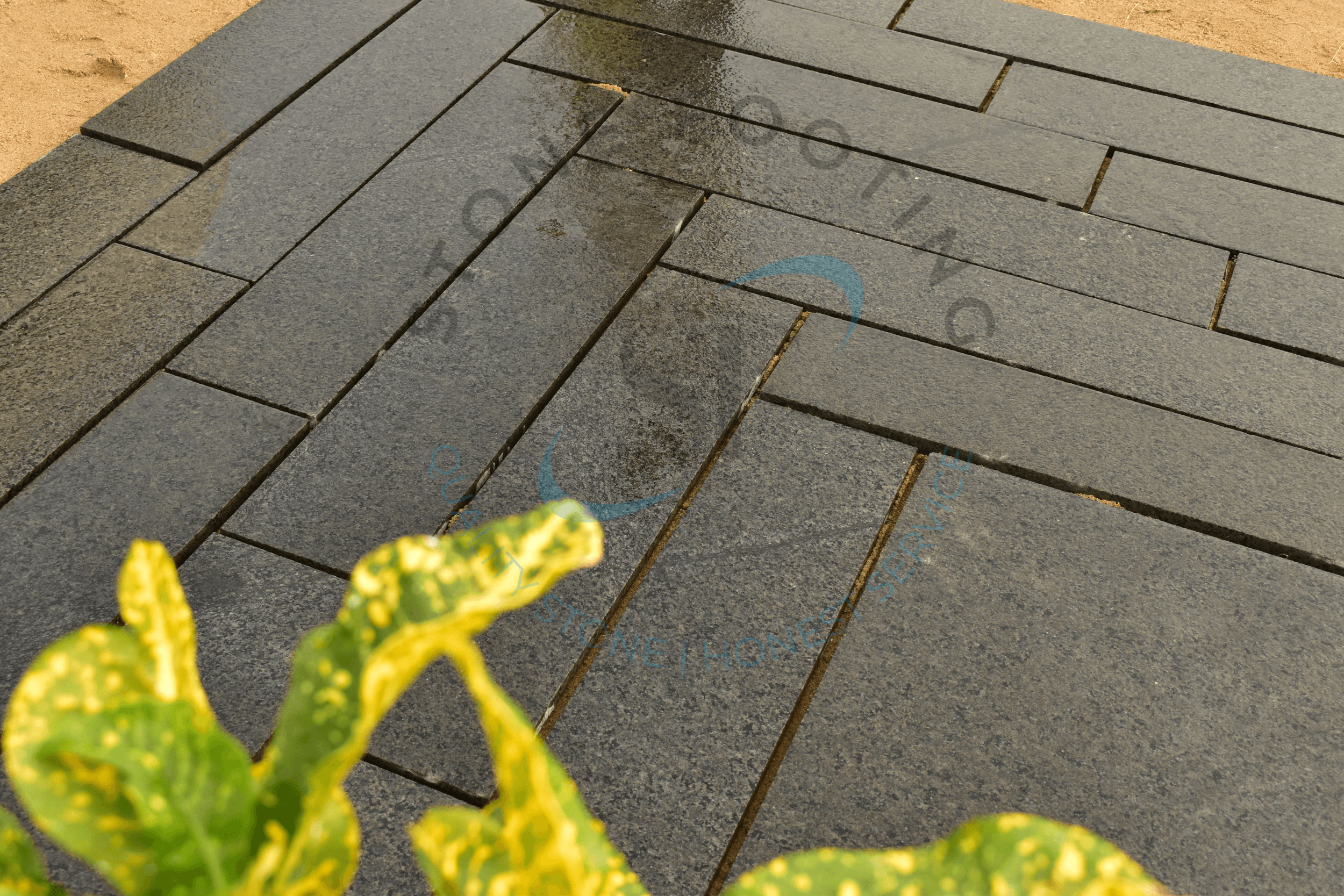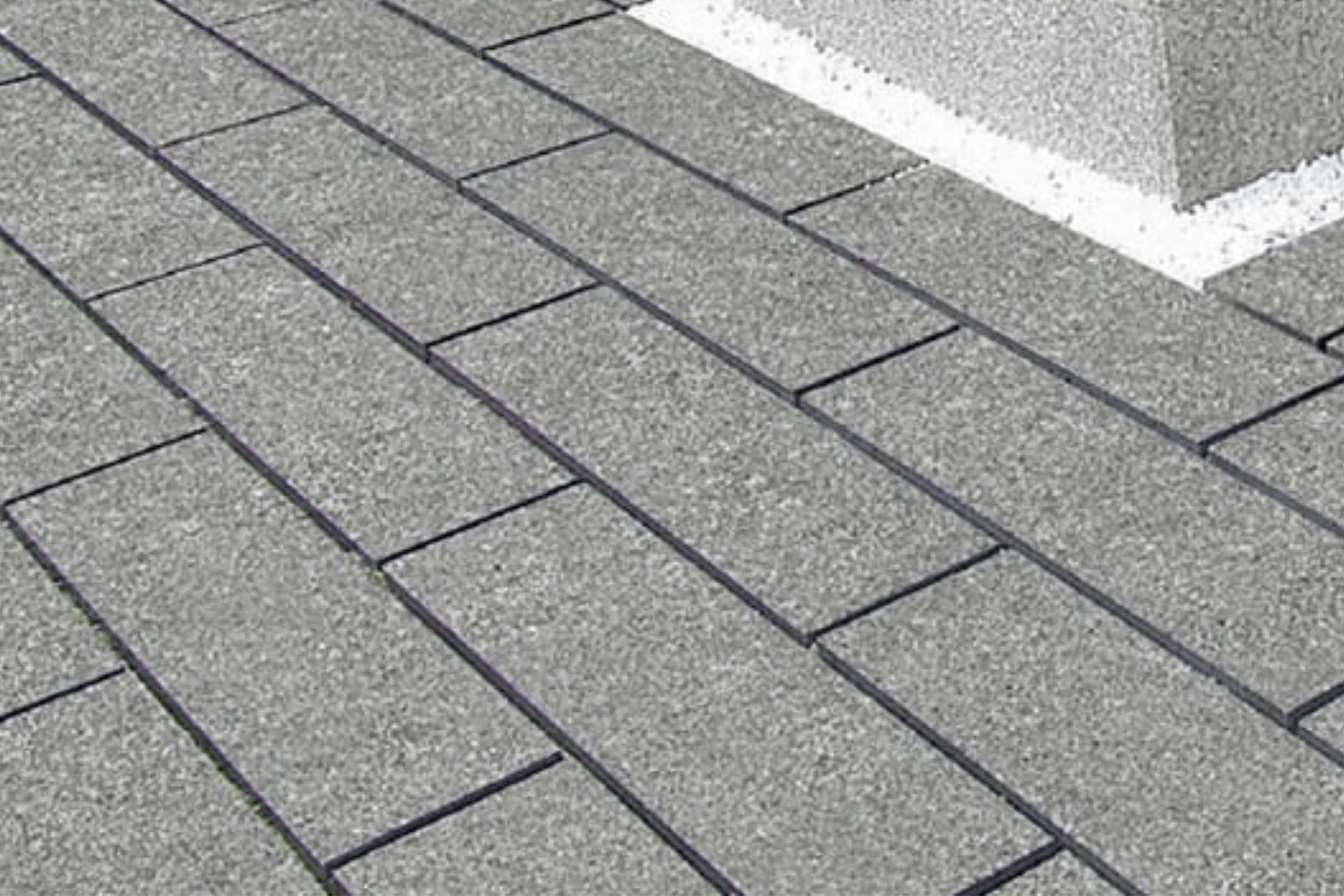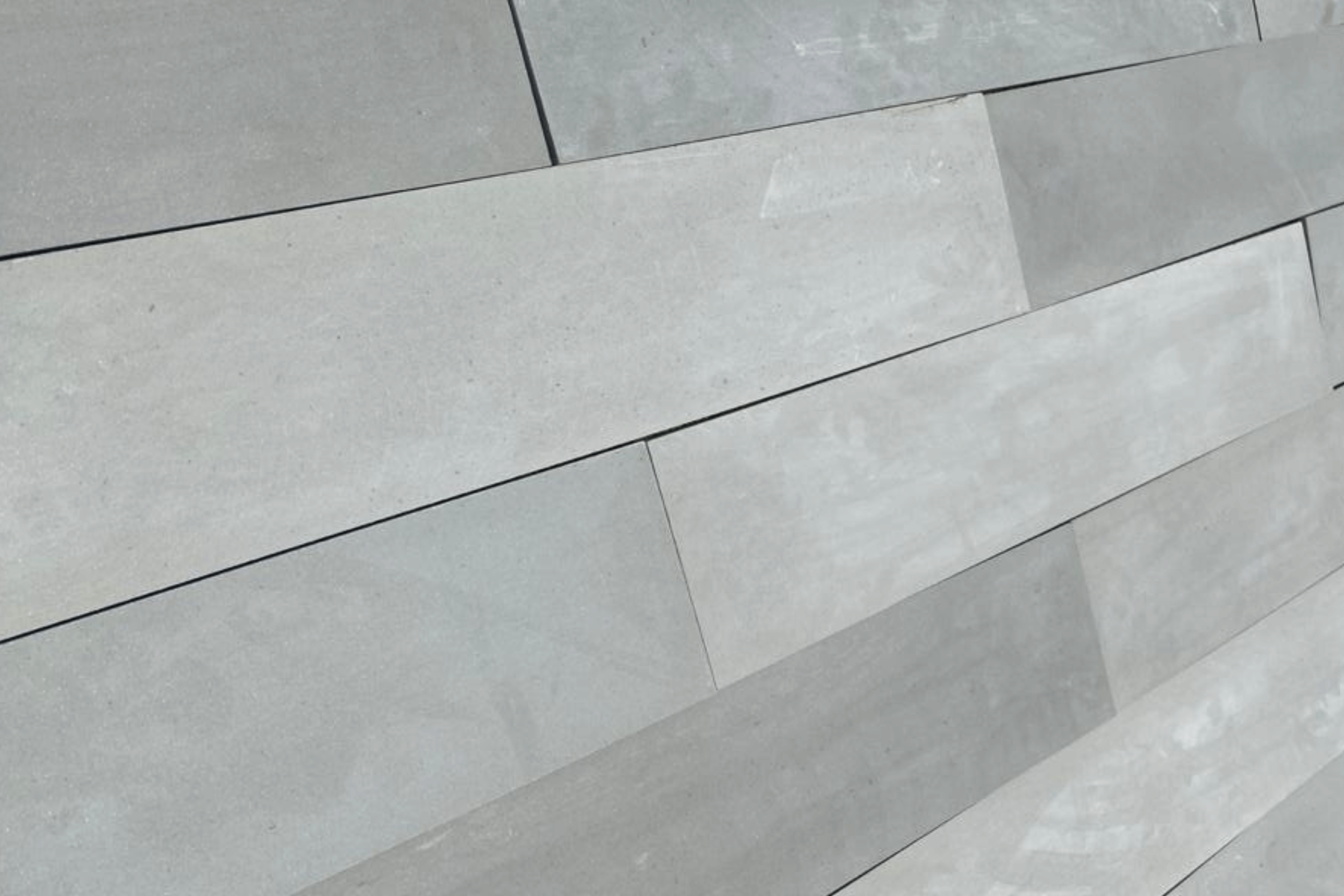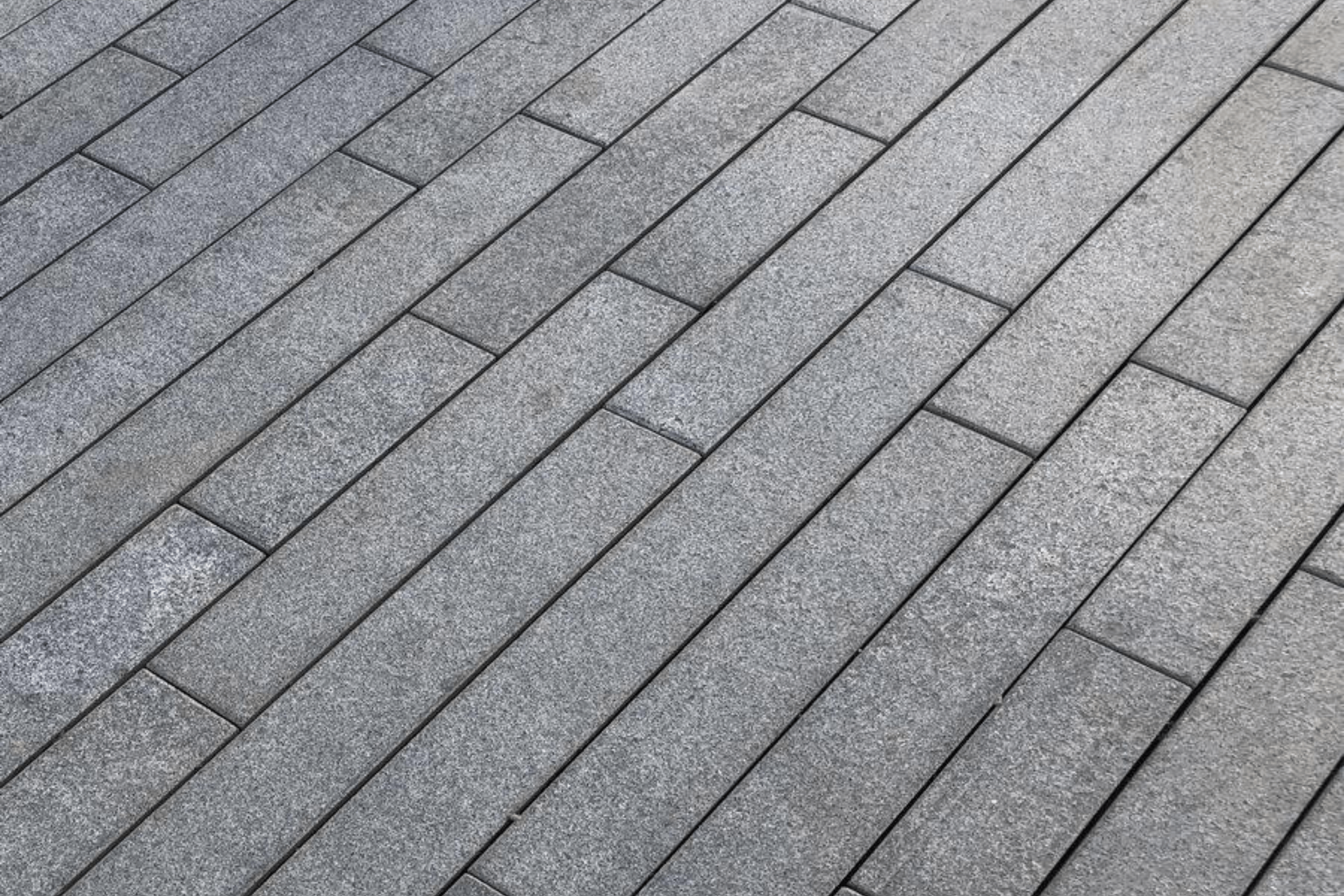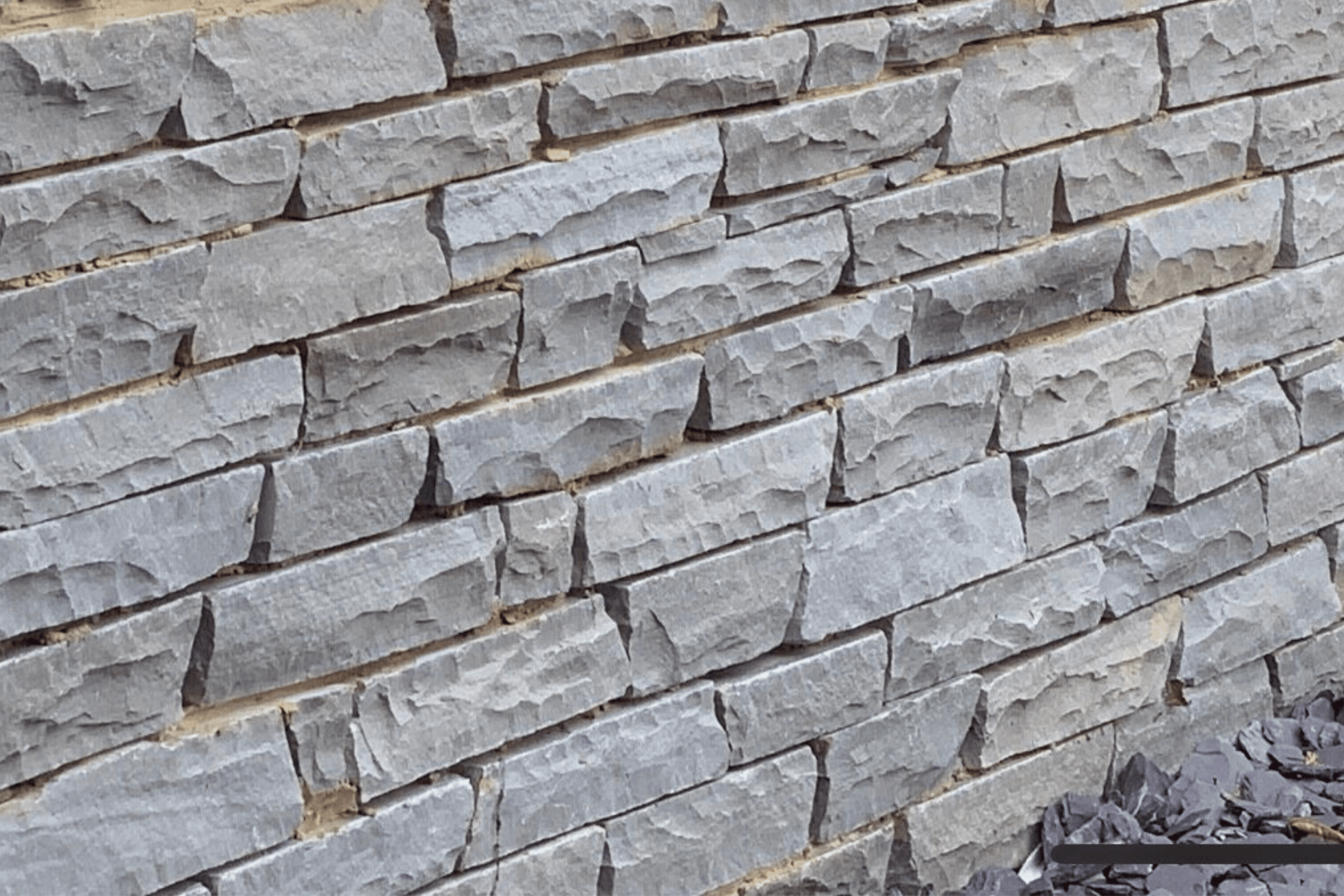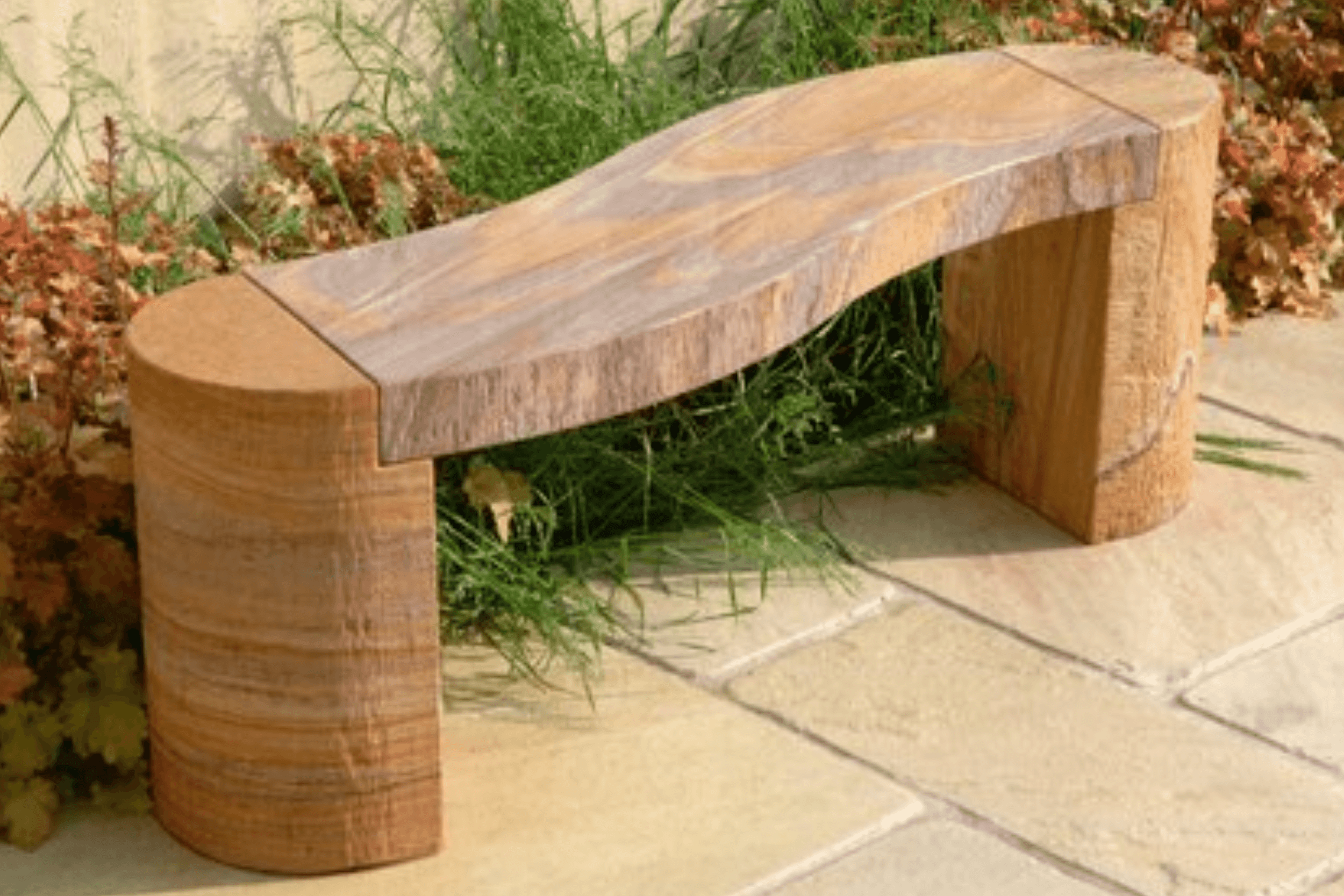Sandstone is a sedimentary rock made up of sand-sized minerals, rocks, and organic matter. It may also comprise a matrix of silt- or clay-sized particles that inhabit the gaps between the sand grains and a reinforcing ingredient that binds the sand grains together. Now, people do have various questions about sandstone paving when it comes to choosing the right sandstone for their households with regards to color, quality, and many other things. And in this blog you are about to find just that.
If you want to know more about sandstones – Read all the major answers below that an individual looks for when thinking about sandstone paving!!
Top 10 Frequently Asked Questions About Sandstone Paving
Q. What is the most effective method for removing oil from sandstones?
For harder stains, use a bleach solution mixed with soapy water. Again, you could follow the manufacturer’s directions carefully.
Pour an equal amount of bleach and water onto the slabs to clean them. Allow a half-hour soak before removing the bleach with a stiff brush or hose.
Q. Which rock, limestone or sandstone, is more capable in general?
Sandstone is a broad term that refers to a variety of rock types. Each sandstone sample is part of a metamorphic timeline that ranges from something you can crumble with your hands to quartzite, one of the planet’s hardest and most durable rocks.
Sandstone isn’t necessarily composed entirely of quartz sand. The amount and kind of additional materials mixed together with the quartz sand will consequently affect the durability of any given sandstone.
Limestone, on the other hand, is likewise a durable material. Its level of competence is determined by the provenance and the conditions it has been exposed to since it was put down, including the degree of metamorphic transformation towards marbles. It’s also worth noting that limestone is prone to chemical weathering by regular water, and acid rain (another disadvantage of utilising fossil fuels) is considerably worse for limestone.
Because limestone and marble are weathered, I would not use them for any purpose that needed long-term exposure to the elements. However, it should be emphasised that many varieties of huge limestone are very sharp rocks as long as they are not exposed to the elements.
Therefore, it depends on the preference application platter an individual is looking for!!
Q. What are some of the benefits of sandstone?
The majority of sandstone comprises very small rock grains or minerals. Arenite is another name for this mineral. Sandstone is a versatile stone that is typically utilized in residential buildings. Because it is relatively soft and simple to carve, sandstone is often used to make sculptures, doorways, planters, pillars, and fountains. Moreover, the major benefits of utilizing sandstone are that it is appropriate for all seasons and long-lasting. Because it is so simple to crave, it can be molded into the required form. It’s available in a variety of colors and tones. It is simple to maintain and has a natural anti-slip surface, making it an ideal paving material. In terms of application, sandstone is very varied.
-
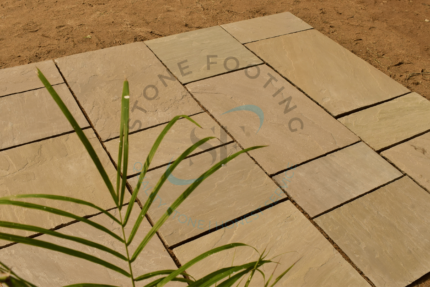 Virgin Raj Sandstone419.40 £
Virgin Raj Sandstone419.40 £ -
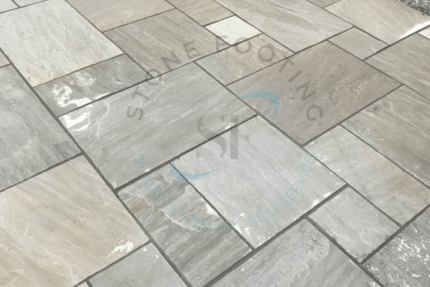 Sagar Black Sandstone0.00 £
Sagar Black Sandstone0.00 £ -
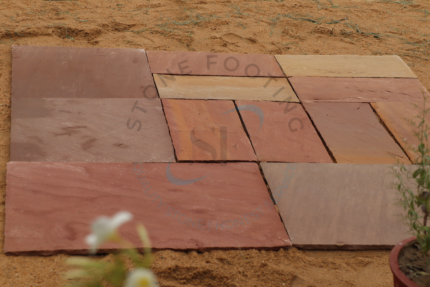 Modak Sandstone0.00 £
Modak Sandstone0.00 £ -
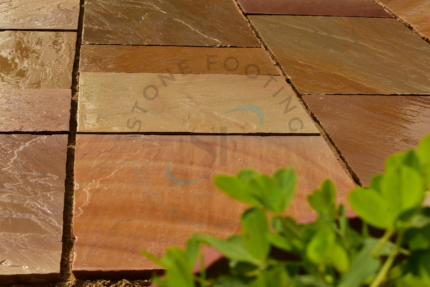 Rippon Sandstone401.15 £ – 587.00 £
Rippon Sandstone401.15 £ – 587.00 £ -
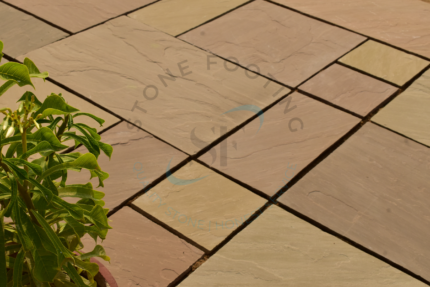 Autumn Brown Sandstone451.50 £
Autumn Brown Sandstone451.50 £ -
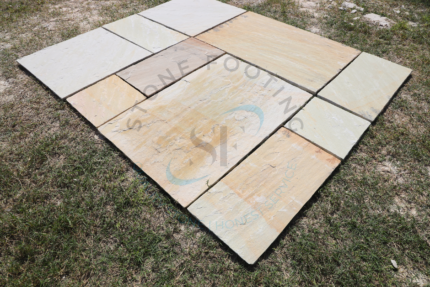 Fossil Mint Sandstone364.80 £ – 426.60 £
Fossil Mint Sandstone364.80 £ – 426.60 £ -
 Raj Blend Sandstone384.00 £ – 423.00 £
Raj Blend Sandstone384.00 £ – 423.00 £ -
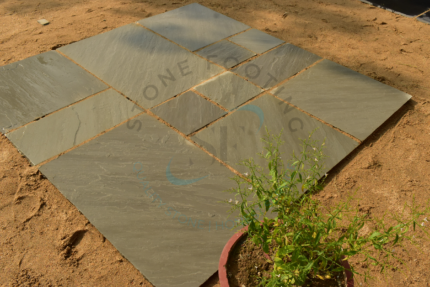 Kandla Grey Sandstone385.00 £ – 485.00 £
Kandla Grey Sandstone385.00 £ – 485.00 £
Q. What is the definition of sandstone paving?
Sandstone pavement consists of natural sandstone paving slabs that have been cut, split, or sawn. Sandstone is made up mostly of quartz, feldspar, and other minerals that resist weathering, making it perfect for paving.
Q. Is it possible to pressure wash sandstone paving?
Because it is inherently resistant to erosion and chemicals, sandstone pavement is the ideal stone for resisting pressure washing.
Although pressure washing will not harm this pavement material, abrupt movements from the water jet may dislodge stones that are too close together or have been put wrongly.
Further, the pointing that keeps the sandstone slabs in place is the major item that can go wrong while pressure cleaning your sandstone patio. The pointing is constructed of cement and sand, and if water comes in contact with it, it might wash away.
Q. Is sandstone good for paving?
They are, indeed. And here’s why:
And here’s why:
- Because weather conditions across the world are famously variable, any stone paving must be able to withstand all of them. Fortunately, sandstones have a low water absorption rate, making them excellent for all outdoor settings, especially if you live in a rainy region of the nation.
- It’s also environmentally friendly. Sandstone is a great option if you’re concerned about utilizing ecologically safe products. Unlike vinyl and other plastic-based materials, it is a natural substance that degrades over time.
- Sandstone has the upper hand, with a wide range of textural options. Sandstone is a terrific alternative for any design, from elegant and futuristic to a rougher Mediterranean vibe.
- Tiles that have been broken are extremely simple to restore. Although sandstone tiles are long-lasting and hence less prone to fracture or break, it’s simple to replace if one does. Make sure you have some additional tiles on hand, just in case.
Q. Is sandstone pure enough to tile a bathroom?
Yes, but it may be more hassle than it is worthwhile. Because sandstone is such a fragile material, it is more likely to break when the home moves about. If you’re going to employ sandstone, make it 3/8′′ to 1/2′′ thicker than regular tiles. You’ll also need a really strong foundation material. This is available in as little as 1/4′′ thickness. As a result, you may need to undercut doors to ensure that they clear the tile and any carpeted thresholds. You’ll also want to use extreme caution when installing it because it’s porous, which means that anything spilt on the exposed areas will stain it.
Q. Is sandstone pavement stain-resistant?
Although Indian sandstone pavement can discolor, it does so infrequently. However, if moisture and oils in the sandstone are left unchecked, they will likely develop stains.
You may counteract this by applying a sealer, but be careful not to use anything that contains acid, as this could damage your pavement slabs.
Q. What are the best locations for sandstone installation?
Despite its durability, sandstone is more permeable than other natural stones, such as granite. When it comes to water absorption, sandstone is comparable to marble. It’s still a popular tile for indoors and outdoors since it adds warmth to any room or outdoor environment. Living rooms, seldom used bathrooms, kitchens, and corridors are the finest places to utilise sandstone. As a result, sandstone may be used pretty much anywhere. Sandstone is also an excellent wall tile for any area in your home.
Q. What is the lifespan of sandstone paving?
If properly placed and maintained, Indian sandstone paving may last a long time. You should anticipate your pavement to last 2–10 years if you hire a cheap installation and take care of it improperly. With a good foundation and repointing every few years, you should get 30 to 50 years out of your pavement, if not more.
Stone Footing is the leading wholesaler of sandstone paving stone in the UK. At Stone Footing, the thicknesses, widths, and forms of the sandstones are modified to meet the customer’s needs. So if you’re looking for outstanding sandstone paving, simply click Get a quotation and fill out the form with your accurate specifications. Our team will contact you as soon as possible.

